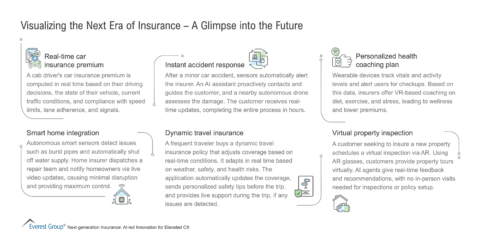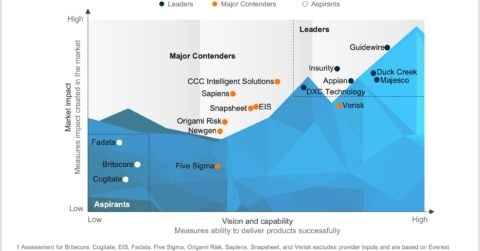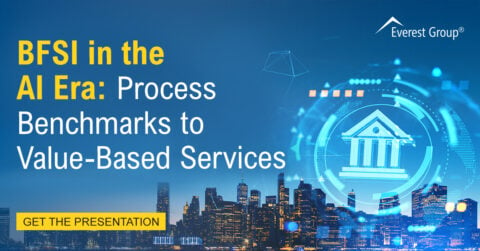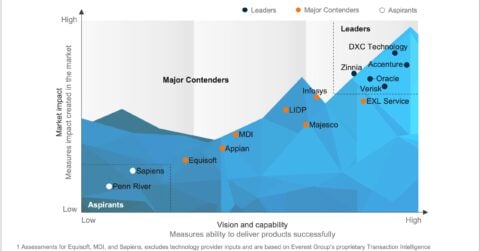Reimagine growth at Elevate – Dallas 2025. See the Agenda.
Filter
Displaying 11-20 of 237
BFSI’s New Value Frontier: Systems of Execution for Tech and Tech Services | Webinar
On-Demand Webinar
1 hour
Industry Mega Forces & Role of Tech to Support Insurers’ Priorities in 2025 | LinkedIn Live
Wednesday, April 2
7 PM IST | 9:30 AM ET
Online event
Creating a Blueprint for Digital Success in the US Retirement Industry | Webinar
Wednesday, March 5
1:30 PM | ET
Tuesday, March 18
1:00 PM EDT
45 Minutes
Virtual Roundtable
1 hour 30 minutes












